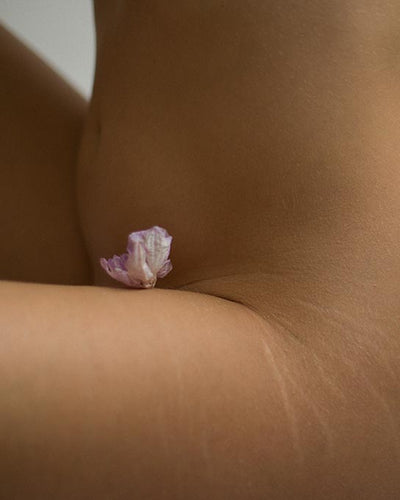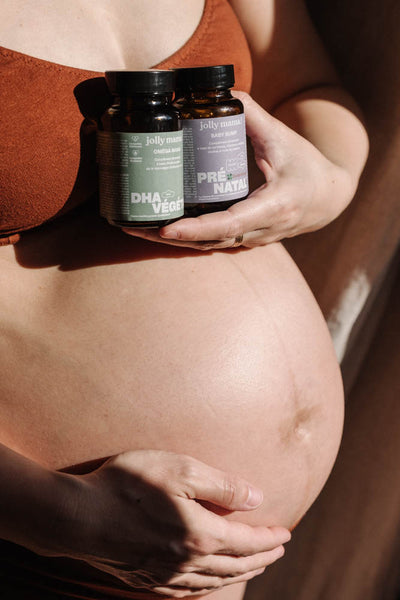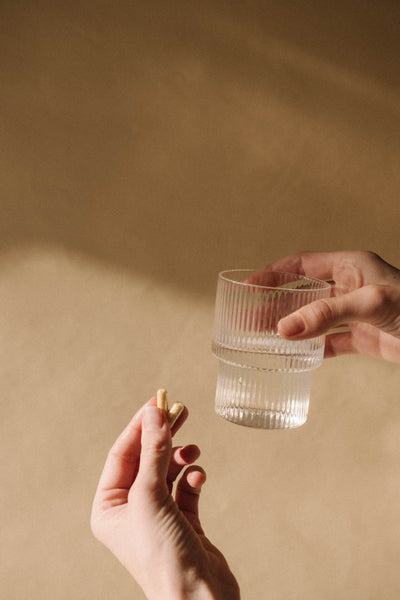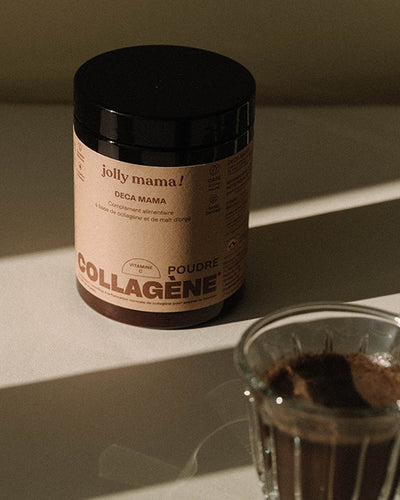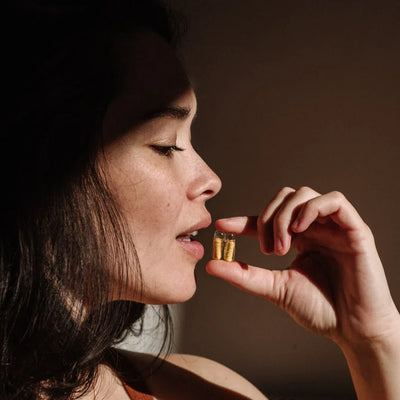
Safran
Le safran aide à maintenir un cycle menstruel confortable.
Le safran aide à maintenir un bon confort avant et pendant le cycle menstruel et contribue à l'équilibre émotionnel et à maintenir une humeur positive. Il permet également une diminution significative des symptômes liés au stress et à l'anxiété.
Le safran aide à diminuer les symptômes du syndrome prémenstruel.
Le saviez-vous ?Le safran est une alternative sécurisée pour améliorer les symptômes chez les jeunes mamans souffrant de dépression du postpartum.
Ils en contiennent...
Nos sources
Agha-Hosseini, M., L. Kashani, A. Aleyaseen, A. Ghoreishi, H. Rahmanpour, A. R. Zarrinara, et S. Akhondzadeh. 2008. « Crocus Sativus L. (Saffron) in the Treatment of Premenstrual Syndrome: A Double-Blind, Randomised and Placebo-Controlled Trial ». BJOG: An International Journal of Obstetrics and Gynaecology 115 (4): 515‑19. https://doi.org/10.1111/j.1471-0528.2007.01652.x.
Kashani, L., S. Eslatmanesh, N. Saedi, N. Niroomand, M. Ebrahimi, M. Hosseinian, T. Foroughifar, S. Salimi, et S. Akhondzadeh. « Comparison of Saffron versus Fluoxetine in Treatment of Mild to Moderate Postpartum Depression: A Double-Blind, Randomized Clinical Trial ». Pharmacopsychiatry 50, nᵒ 2 (mars 2017): 64‑68. https://doi.org/10.1055/s-0042-115306.
Kell, Graham, Amanda Rao, Gavin Beccaria, Paul Clayton, Antonio Manuel Inarejos-García, et Marin Prodanov. « Affron® a Novel Saffron Extract (Crocus Sativus L.) Improves Mood in Healthy Adults over 4 Weeks in a Double-Blind, Parallel, Randomized, Placebo-Controlled Clinical Trial ». Complementary Therapies in Medicine 33 (1 août 2017): 58‑64. https://www.sciencedirect.com/science/article/pii/S0965229917300821.
Tabeshpour, Jamshid, Farzaneh Sobhani, Seyed Alireza Sadjadi, Hossein Hosseinzadeh, Seyed Ahmad Mohajeri, Omid Rajabi, Zhila Taherzadeh, et Saeid Eslami. 2017. « A Double-Blind, Randomized, Placebo-Controlled Trial of Saffron Stigma (Crocus Sativus L.) in Mothers Suffering from Mild-to-Moderate Postpartum Depression ». Phytomedicine: International Journal of Phytotherapy and Phytopharmacology 36 (décembre): 145‑52. https://doi.org/10.1016/j.phymed.2017.10.005





